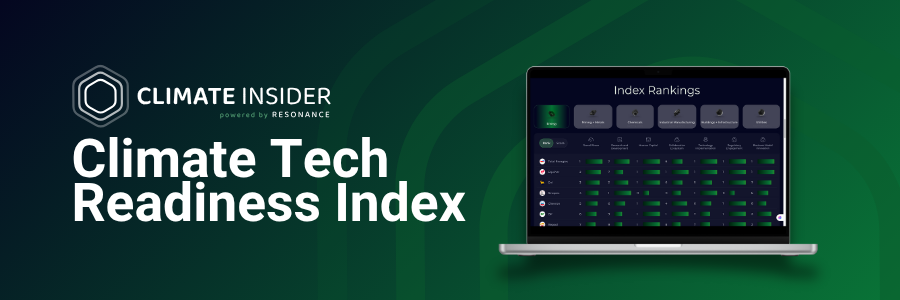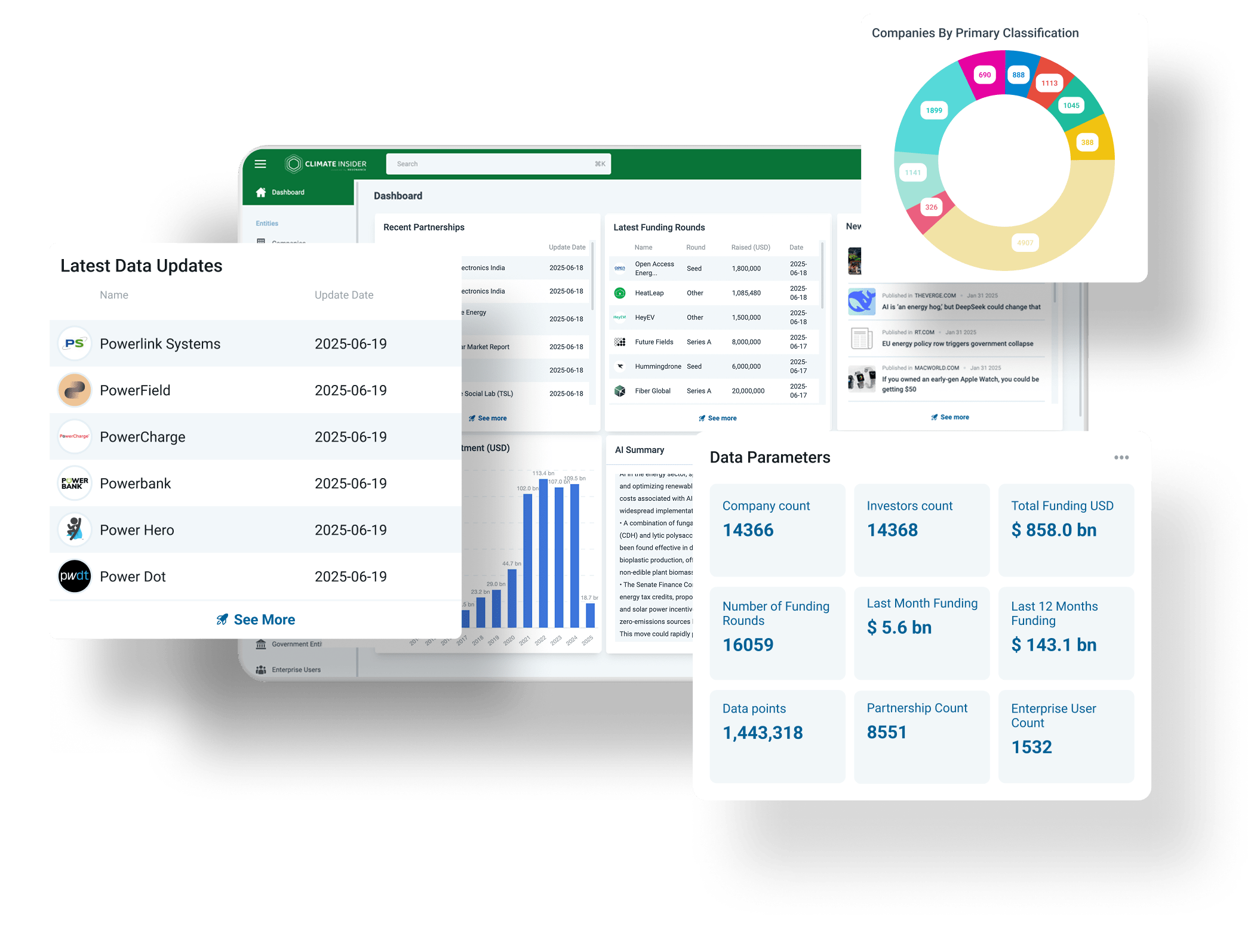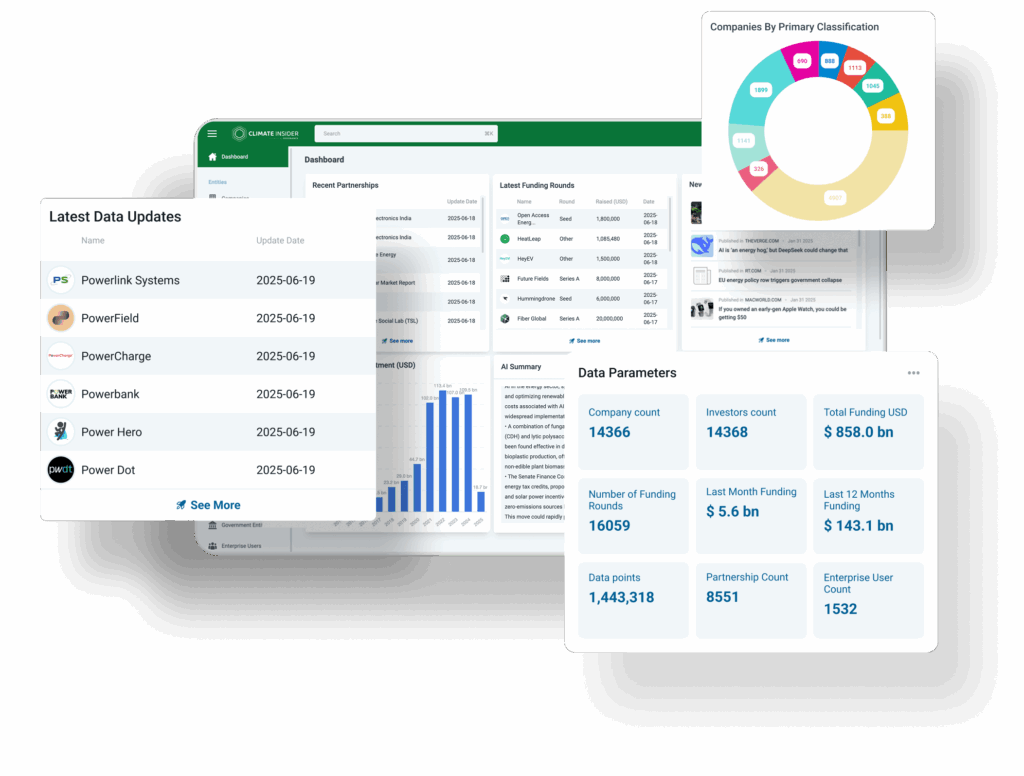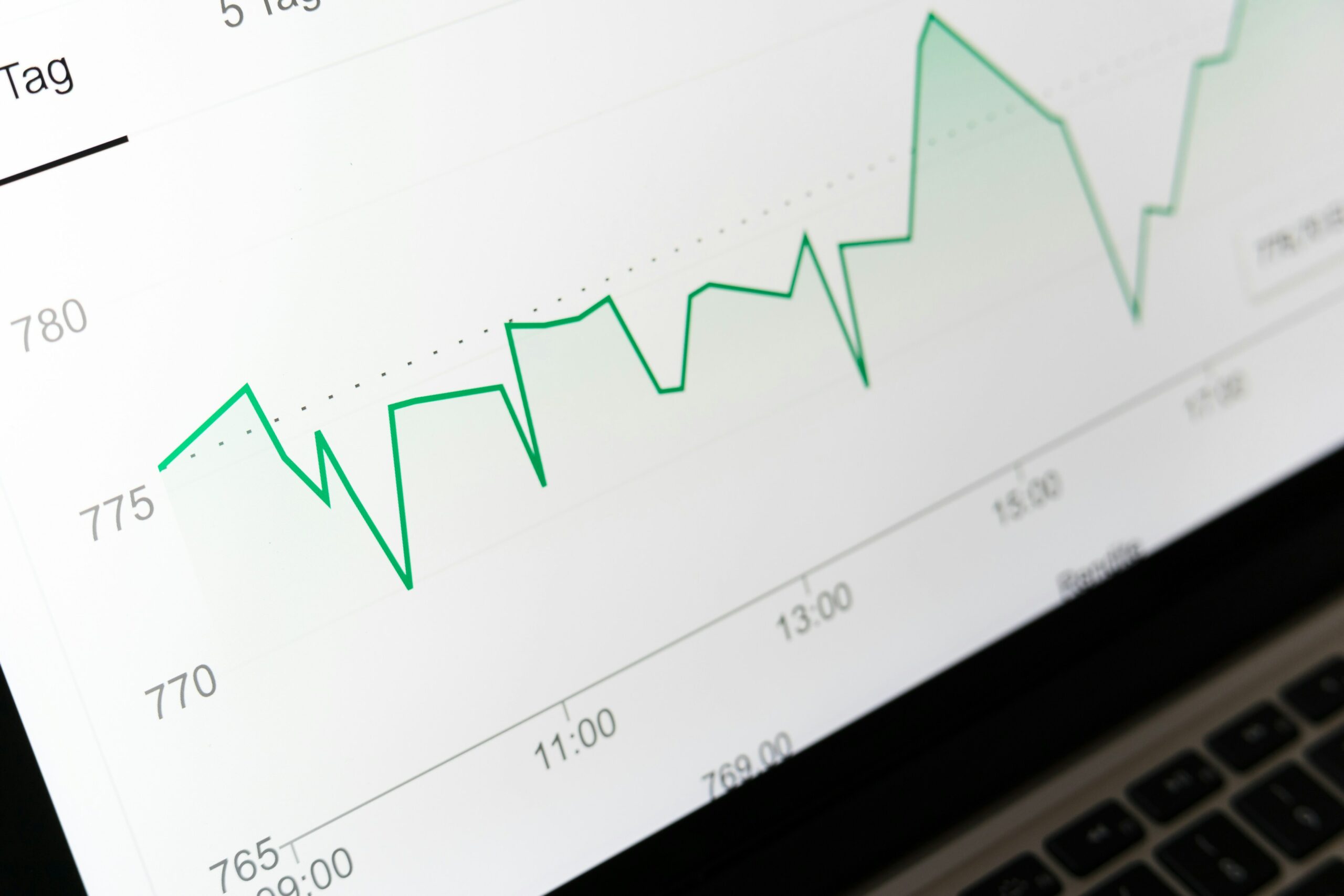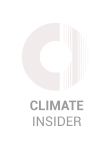Renewable vs Clean Energy: A Brief Overview
There’s a subtle yet important difference between renewable and clean energy.
Renewable energy, as you may have guessed, comes from renewable sources; this might include solar, wind, or geothermal power. The key point here is that the energy is self-replenishing – that is, it never runs out. But even if something is technically renewable, that doesn’t always mean it’s clean; some self-replenishing sources, like hydropower and biomass (burning plant, animal, and human waste), can release at least some CO2.
Clean energy, on the other hand, describes any source of energy that doesn’t release CO2. By definition, that includes some renewable sources like wind or solar; unless they capture all the carbon they release, though, hydro and biomass don’t qualify. The only source of clean energy that doesn’t fall under renewable energy is nuclear; the fuel it runs on doesn’t technically replenish itself, but producing energy this way doesn’t create CO2.

Read also: Top 6 Clean Tech Companies & Startups in 2025
9 Notable Clean Energy Developers
Nuclear (Fission) Energy
1. Électricité de France (EDF)

- Location: France
- Founded: 1946
- Number of employees: 179,550
- Current funding level: €10 billion net profit for 2023
- LinkedIn: https://www.linkedin.com/company/edf
Overview: France runs on roughly 70% nuclear power, which means that EDF – a French state-owned electricity company – has plenty on its hands; this clean energy developer operates all 56 of the country’s nuclear reactors. Together, they grant France a nuclear capacity of 61 GW: the second-highest in the world, trailing the US.
2. China National Nuclear Corporation (CNNC) and China General Nuclear Power Group (CGN)
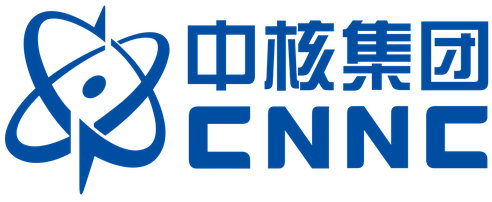

- Location: China
- Founded: 1955/1994
- Number of employees: 182,750/38,000+
- Current funding level: $1.28 billion profit for 2023/~10.6 billion profit for 2023
- LinkedIn: –
Overview: China’s massive nuclear capacity is split between two giant state-owned companies: CNNC focuses on the country’s northeast, while its younger sibling CGN – which is also in the wind, solar, and hydroelectric businesses – takes on the southeast. As of 2019, CNNC claimed it had 59 domestic nuclear projects in operation or under construction, which would have a capacity of almost 60 GW. CGN had 31.76 GW online as of June 2024 with another 12.06 in the pipeline. Though there’s no data from CNNC on its capacity today, China’s total nuclear output comes out to around 53.2 GW, making it third in the world in terms of capacity.
3. Constellation Energy

- Location: US
- Founded: 1999
- Number of employees: 13,000
- Current funding level: $1.6 billion net income for 2023
- LinkedIn: https://www.linkedin.com/company/constellation-energy
Overview: Though the US leads the world in nuclear with its 95+ GW of capacity, its industry is a little less consolidated than France or China’s. The local leader is Constellation, with its roughly 29.2 GW in capacity; it operates 21 nuclear plants, which make up about 40% of the US’s reactors.
Fusion Energy
4. Commonwealth Fusion Systems

- Location: US
- Founded: 2018
- Number of employees: 900+
- Current funding level: over $2 billion raised
- LinkedIn: https://www.linkedin.com/company/commonwealth-fusion-systems
Overview: Nuclear fusion – a source of energy that’s safer and more powerful than fission – is often lauded as the future of clean energy; while it’s still a few years (or decades) away from becoming feasible, Commonwealth is one of its early developers. The company is focusing on building a better tokamak; this is essentially a donut-shaped structure inside which hot plasma is accelerated to force particles to smush together. Its specially developed magnets, says the company, are particularly effective at keeping the plasma contained to smaller, cheaper tokamaks. Commonwealth is now working on getting its demonstration project SPARC working; next, it hopes to break ground on its first power plant in 2025.
5. Helion

- Location: US
- Founded: 2013
- Number of employees: 200+
- Current funding level: $608 million raised LinkedIn: https://www.linkedin.com/company/helion-energy/
Overview: Helion is another one of fusion’s young clean energy developers, though its design is somewhat different to Commonwealth’s. Instead of a tokamak, Helion is developing what looks like a sideways hourglass; fuel is heated up at each end, then shot toward the center, where fusion ensues. Helion’s already built six iterations of its system and is now working on its 7th. It’s racing Commonwealth for the first commercial fusion plant, planning to sell energy to Microsoft by 2028.
Read also: Top 8 Nuclear Energy Startups in 2024
Solar Energy
6. State Power Investment Corporation (SPIC)

- Location: China
- Founded: 2015 (via a merger of China Power Investment Corporation and State Nuclear Power Technology Corporation)
- Number of employees: ~140,000
- Current funding level: $1.6 billion profit for 2023
- LinkedIn: https://www.linkedin.com/company/国家电力投资集团有限公司/
Overview: With solar, we’re in the domain of both renewable and clean energy developers; here, China reigns supreme. Not only does the country account for 80-90% of global solar panel manufacturing, but its state-owned enterprises take top spots for solar assets owned, according to Wood Mackenzie. SPIC, one of the five big Chinese state-owned electricity firms, is right at the top. As of 2022, it has almost 50 GW in installed capacity (installing around 12.5 GW that year alone) and is aiming for 80 GW by 2025.
7. China Huaneng Group (CHG)

- Location: China
- Founded: 1985
- Number of employees: 130,000
- Current funding level: $1.17 billion profit for 2023
- LinkedIn: https://www.linkedin.com/company/china-huaneng/
Overview: The second place for solar portfolio size went to another one of China’s state-owned developers – this time CHG. Like its peers, CHG’s main business is coal, but it’s been investing more into renewables lately; while its exact installed solar capacity isn’t clear, it had 72 GW in renewable energy capacity in 2023, which also included wind and hydropower.
Wind Energy
8. Goldwind

- Location: China
- Founded: 1998
- Number of employees: ~11,000
- Current funding level: $184 million profit for 2023
- LinkedIn: https://www.linkedin.com/company/goldwind
Overview: Wind is another area where China’s clean energy developers are ahead of the game; in 2023, the country accounted for 65% of global wind capacity, and four out of the top five providers in the world are Chinese. Their leader, at least in recent times, is Goldwind; the company scooped up the biggest chunk of the global market in terms of order intakes – about 14% – in 2022. It’s installed 52,000 turbines with a combined capacity of 123 GW (installing 16.3 GW in 2023 alone).
9. Vestas
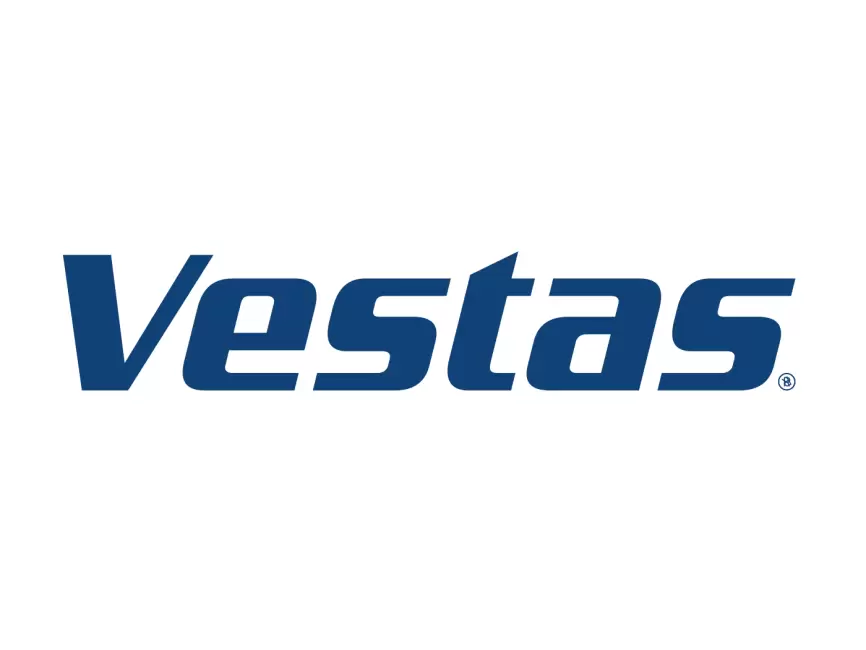
- Location: Denmark
- Founded: 1945
- Number of employees: 29,000
- Current funding level: $249 million operating profit for 2023
- LinkedIn: https://www.linkedin.com/company/vestas
Overview: While Goldwind and Envision – another Chinese company – lead in terms of market share, Vestas boasts the biggest fleet out of all of them: it’s installed over 181 GW via almost 90,000 turbines distributed across 88 countries (almost a third of its turbines are located in the US).
Read also: Top 10 Wind Energy Companies & Startups in 2025
Challenges Faced by Clean Energy Developers
Since they’re often the same thing, clean energy developers have to deal with the same issues faced by renewable energy providers; these include supply chain issues, high cost of installation, aging infrastructure, integration to the grid, and intermittent bursts of energy produced by nature.
But clean energy also includes nuclear, which has its own host of challenges. Fission is haunted by public – and subsequently political – concern over its safety; unease about the radioactive waste it leaves behind has been around since its very beginnings, and disasters like at Three Mile Island, Chornobyl and, more recently, Fukushima have only exacerbated its bad reputation. That’s a big part of the reason why countries such as Germany, despite having some of the world’s more ambitious climate agendas, had shut down all of its reactors by 2023. Nuclear fission energy also often faces economic pressure (especially as renewables get cheaper), which killed a number of US plants. To top it off, fission reactors’ lifetimes range from 20 to 40 years, and 87% of them in the EU and UK are over 30; in the US, their average age is 42. While restarts or life extensions are possible, the high costs coupled with public concern can make those difficult to justify. As for fusion, the old adage goes that it’ll always be decades away, and at the moment, that still seems to hold up.
Read also: Top 15 Green Tech Companies & Startups in 2025
The Future of Clean and Renewable Energy Developers
Despite some growing pains, the future of clean energy seems to be in safe hands; the International Energy Agency (IEA) finds that ‘due to supportive policies and favorable economics,’ an estimated 5,500 GW of renewable energy capacity will come online between now and 2030 (with 60% of that coming from China). By the end of the decade, predicts the IEA, renewables will make up nearly half of global electricity generation, with solar accounting for the biggest chunk. Meanwhile, nuclear – which enjoys ‘renewed interest’ in several countries due to concerns about climate change and energy insecurity stemming from conflicts in Ukraine and the Middle East – is set to experience a much slower rise; it clocks in at 3,700 terawatt-hours (TWh) by 2030 (compared to solar’s predicted 10,700 TWh and wind’s 7,500 TWh by 2030). So while there are a few hurdles to overcome, it seems like clean energy developers will have their hands full and their pockets lined.



